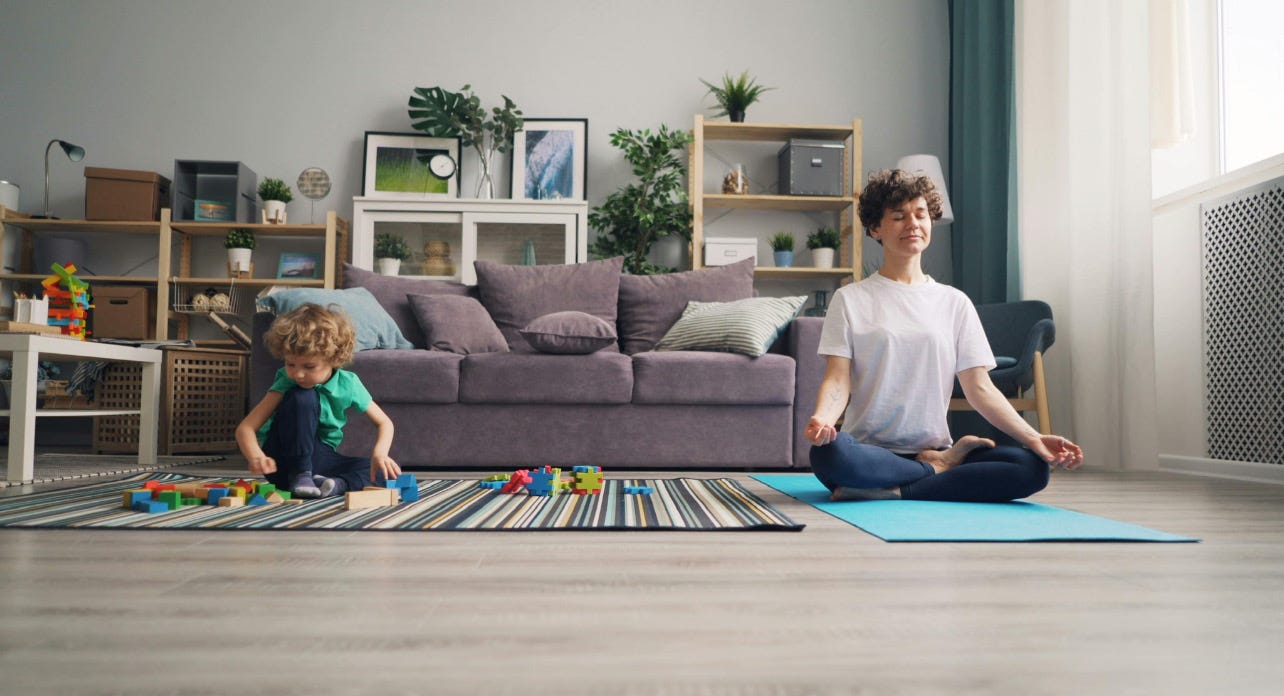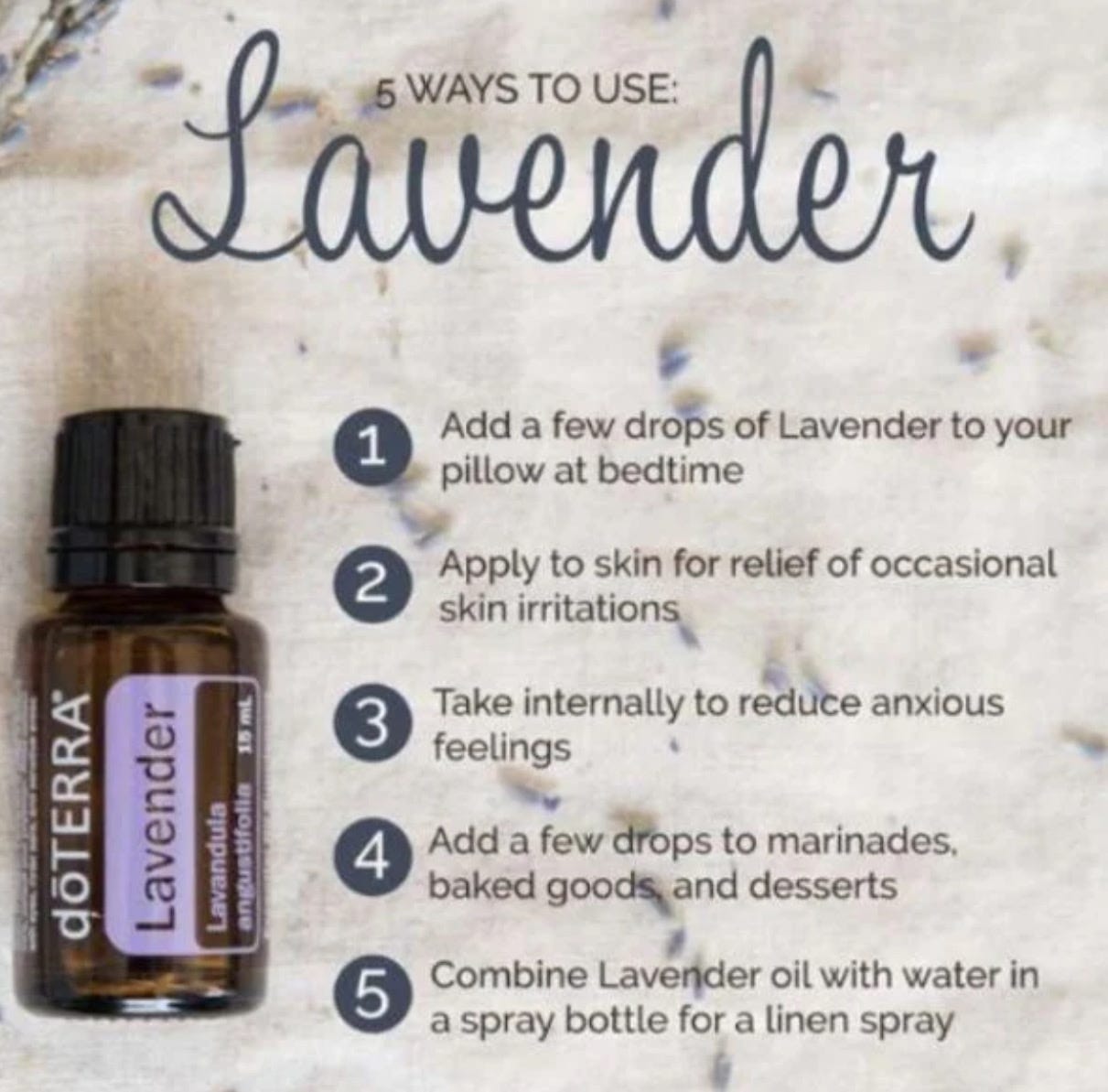Finding Calm in the Chaos + Getting Help
Dear Autism Moms,
I see you. Ah, if it were only always like that.
Perfectly quiet meditations and a always content and calm child.
Whether today was a good day or one filled with challenges, you made it through mama, even if it didn’t look like a perfect picture scene above (and sometimes with tears and all).
As moms of children with autism, we carry an invisible strength—though some days it feels like we’re seriously running on empty and sometimes in the verge of tears.
But somehow we find the strength to push forward ❤️ 💪
This space is for you, to remind you that you’re not alone and that your well-being matters just as much as the needs of your child.
Some days, are the smallest victories—like for me, getting a meal on the table (even if it’s a bowl of cereal or a fast smoothie bowl or rice on the rice cooker with a lemon oeooer salmon pouch and a bagged salad)!
Or catching a few minutes of peace (when you’d like a few hours)—it’s all worth celebrating.
That’s why I created the Sunday Reset.
It can be a real struggle (keeping up with the mundane let alone a business or school or anything else you’re trying to do).
That’s why with each post, we’ll focus on SMALL but powerful ways to
feed your body just a bit better,
mind your mental wellness just a bit more, and
take care of your soul a lot more, so you can show up for yourself and your family. 💕
Here’s a Reminder of the Last Substack Wellness Tips: Eat, Move, Calm
It’s been a minute, so here’s a quick refresher from the last Sunday Reset for those who missed it (or if you need a reminder!):
Eat:
Prepping a simple meal that’s super easy, like a smoothie, or one-pan meal is far more important than getting a full course meal on the table. But bet you knew that. Easy, nourishing, and less stress at dinnertime is the way to go when you’re drowning. Don’t EVER let anyone (or any social media post) tell you otherwise.
Using a rice cooker, lemon pepper salmon pouches, and bagged salad with dressing counts. For munchkin, he likes organic chicken nuggets gluten free (Purdue is priced nice) and organic tater tots (Whole Foods is reasonably priced at about $3-4 a bag but get whatever you can get your hands on) and a veggie and fruit pouch works fine.
Once you’re doing some basic nourishing, you can fine tune what you eat at another time. For now, it’s about getting through the day.
Bonus: You can find meal planner sheets in the Kitchen Companion, available free in the Wellness Bundle at EatMoveCalm.com or here.
Move:
Get 10 minutes of morning sunlight to help your body produce serotonin, which boosts your mood, and helps regulate your sleep cycle by turning into melatonin later in the evening.
Take a walk with your child to the bus stop, walk them to school or care, or go solo for a quick walk—even if the bus picks up your child in front of the house.
Even on cloudy days, outdoor light is much stronger than indoor lighting, and that sunlight needs to hit your eyes to trigger serotonin production. And that serotonin converts to melatonin to help you rest more deeply at night.
When you’re feeling better, you can better care for it family and do more of then things you need to and love ❤️
Calm:
Try the 4-7-8 breathing technique right before bed as your head is in the pillow or right during stressful moments. Inhale for 4 seconds, hold for 7, and exhale for 8. Repeat a few times to help calm your mind and body.
For stress one or two times may do. For sleep, repeat until you fall asleep (sometimes it takes only 4 or 5 rounds)!
Bonus Tip: Dim your lights an hour or two before bed to help quiet your home and prepare your body for sleep.
Gentle rain sounds or white noise in the background can be soothing.
And using lavender essential oil has scientifically been proven to also enhance sleep quality.
More below…
Sleep Tips & Lavender Pillow Spray Recipe
Getting enough rest can feel like an impossible task some nights, but creating a calm bedtime routine can help. Here are a few simple strategies:
• Dim the Lights: An hour or two before bed, lower the brightness in your home. This signals your brain that it’s time to wind down and supports melatonin production.
• Use Gentle Sounds: Rain sounds or white noise in the background can drown out distractions and create a more peaceful sleep environment for both you and your child.
• Lavender Pillow Spray: Lavender has calming properties that help improve sleep. Here’s a simple lavender pillow spray recipe to try:
Here’s a DIY Lavender Pillow Spray Recipe
• 1/4 cup water
• 1 tablespoon witch hazel or vodka (acts as a preservative)
• 10-15 drops lavender essential oil
(I use doTERRA’s Lavender… it is so pure, you can add it to your tea or use it in baking. You can’t say that about Lavender essential oils you buy in Amazon).
Mix all ingredients in a spray bottle and spritz your pillow (or your child’s) lightly before bed.
Lavender’s soothing aroma can help you drift off to sleep more easily.
Okay, now as promised:
Getting Help for Your Child: Early Intervention & School District Evaluations
As promised, here’s a more in-depth guide on what to do if you suspect your child may have special needs, or if they already have a diagnosis and you’re struggling to get help.
✏️Under Three Years Old? Start with Early Intervention
If your child is under the age of three, you can access Early Intervention (EI) services, which are available in all 50 states. Early Intervention is a support and educational system designed for young children with developmental delays, disabilities, or those who have been victims of, or are at risk for, abuse and neglect.
The process begins with a child development evaluation, which can often be conducted right in your home. During this evaluation, professionals assess your child’s developmental progress, including their cognitive, physical, communication, social, and emotional skills.
Based on the results, your child may qualify for services such as:
• Occupational Therapy: Helps with fine motor skills, sensory processing, and activities of daily living.
• Speech Therapy: Assists with language development, articulation, and communication.
• Developmental Therapy: Focuses on floor play, social interaction, and cognitive development strategies.
These services are provided by your state’s Early Intervention department. Depending on where you live, the program may be run through your local hospital, school district, or the Department of Human Services. Early Intervention is designed to support both the child and family, offering guidance on how to enhance your child’s development during these crucial early years.
Once your child turns three, they will transition out of the Early Intervention system, but support is still available through the school district.
✏️After Age Three: School District Evaluations
Once your child turns three, they no longer qualify for Early Intervention, but you can request an evaluation through your local school district’s Special Education Department. The process starts with you making a phone call to the district to request an evaluation. It’s important to note that the district is legally required to respond to your request within a certain timeframe (usually within 15 days).
Here’s what you can expect from the evaluation process:
1. Initial Meeting: After your request, you’ll be invited to an initial meeting, where you’ll likely meet with a team of specialists, including a psychologist, social worker, speech therapist, occupational therapist, and a special education teacher.
2. Assessment: Over the course of a few days or weeks, your child will be evaluated by these professionals to assess their cognitive, emotional, and physical development. The goal is to determine if your child qualifies for special education services.
3. IEP or 504 Plan: Based on the evaluation, your child may be offered an Individualized Education Plan (IEP) or a 504 Plan.
• An IEP is a LEGAL document developed under the Individuals with Disabilities Education Act (IDEA). It provides a customized education plan tailored to your child’s specific needs, including specialized instruction, accommodations, and support services (e.g., speech therapy or occupational therapy). The IEP is reviewed annually, and you’ll have input in setting goals for your child.
• A 504 Plan is designed for children who don’t qualify for special education but still require accommodations to access their education. It’s covered under Section 504 of the Rehabilitation Act, which ensures that children with disabilities can participate in and benefit from public education programs. A 504 Plan might include accommodations such as extended test times, modified classroom seating, or specialized equipment.
Both the IEP and 504 Plan ensure that your child receives the support they need in the classroom, though they serve slightly different purposes. The key difference is that an IEP provides specialized instruction, while a 504 Plan focuses on accommodations.
What’s Next: Deep Sleep Tips & Advocacy for Your Child’s Needs
Next week, we’ll dive into tips for helping your special needs child fall asleep more easily—or at least reduce bedtime battles.
We’ll also cover some more details for getting help from the school district and what to do if you feel like you’re not getting the support your child needs, including if you disagree with their IEP or 504 plan.
❤️💪 Knowing your rights as a parent and advocating for your child is crucial to making sure they receive the help they deserve.
📧 In the meantime, if you need immediate support or have questions, email me at jasmine@eatmovecalm.com, and I’ll help you find some preliminary resources to guide you through the process.
You’ve got this, mama. One small step at a time. 💙 I hope you have a wonderful Sunday Reset and don’t forget to take a moment to rest and try one or two of the suggestions above.
Virtual hug. Jasmine xo






